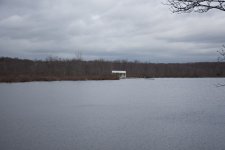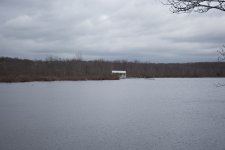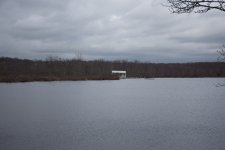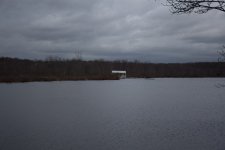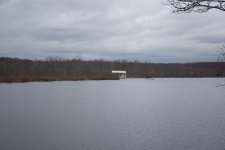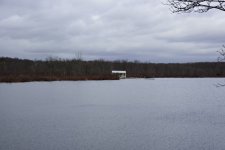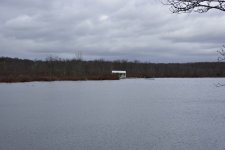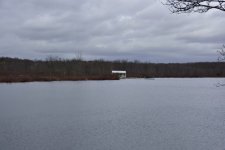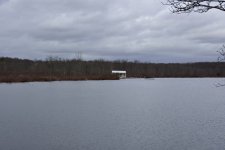Sorry if it's been asked before. I have a d7200 and have started to shoot in raw and edit in LR6 and am loving it.
My question is, is there any reason to have the in camera noise reduction and active d lighting etc on when shooting raw?
I can ofter edit out some degree of noise but am unsure of I should be leaving it on or not.
Thanks in advance guys and gals.
My question is, is there any reason to have the in camera noise reduction and active d lighting etc on when shooting raw?
I can ofter edit out some degree of noise but am unsure of I should be leaving it on or not.
Thanks in advance guys and gals.

